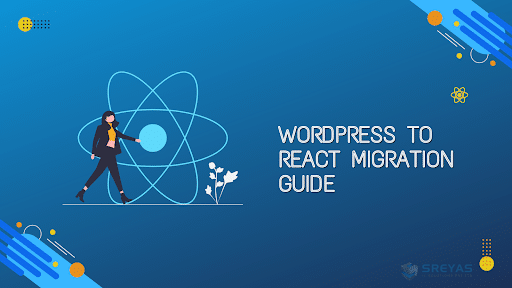Developers use Dependency Injection (DI) as a program design pattern in Android app development, as well as in other software development settings, to enhance code organization, testability, and maintainability. Dependency Injection in Android often entails giving objects (dependencies) that a class requires from an external source rather than constructing them within the class itself.
Dependency
A dependency is an object on which another class depends to fulfill its function. For example, if a class A is dependent on an instance of class B, then B is A’s dependence.
Control Inversion (IoC)
In software development, IoC is a broader concept linked to DI. It involves inverting a program’s control flow, where an external framework or container, instead of the main program, controls the execution flow. Achieving IoC is possible through Dependency Injection.
Dependency Injection Container/Service Locator
This is a framework or container that manages the dependencies of different classes in an application. Dagger 2 and Hilt are two prominent DI frameworks for Android. These frameworks manage class instantiation and dependency injection.
Injection Types
Dependency injection is classified into three types:
- Dependency Injection: Dependencies are provided via the class constructor.
- Method Injection: Dependencies are provided by a class method.
- Property Injection: Dependencies are provided through the class’ public properties or fields.
Advantages of Dependency Injection
Testability is improved by injecting dependencies, which makes it easier to replace real implementations with mock objects until testing. Changes to the implementation of a dependency do not necessitate changes to dependent classes, promoting a more modular and maintainable codebase. Dependency Injection aids in the decoupling of components, making the code more flexible and understandable.
Dagger 2
Dagger 2 is a popular Android DI framework. It generates compile-time code that performs dependency injection. It creates a dependency graph and injects dependencies into classes using annotations and code generation.
Example of Dagger 2
class MyRepository @Inject constructor(private val myApi: MyApi) {
// Repository code using myApi
}
class MyViewModel @Inject constructor(private val myRepository: MyRepository) {
// ViewModel code using myRepository
}
In this example, when constructing MyViewModel, Dagger 2 is used to automatically provide instances of MyApi and MyRepository.
Hilt
Hilt is another Android DI framework built on top of Dagger 2. It makes using Dagger for dependency injection in Android apps easier by supplying a set of predefined components and reducing boilerplate code.
In summary, Dependency Injection (DI) is a potent design pattern that may be used to enhance code organization, testability, and maintainability in Android app development as well as software engineering in general. DI improves the modularity and flexibility of codebases by externalizing dependencies and depending on the inversion of control (IoC).
Sreyas is a prominent software and mobile app development firm, boasting extensive expertise in UI/UX design. Our global presence allows us to offer a comprehensive range of services, including data migration, database management, web hosting, infrastructure management, and more to clients worldwide.






